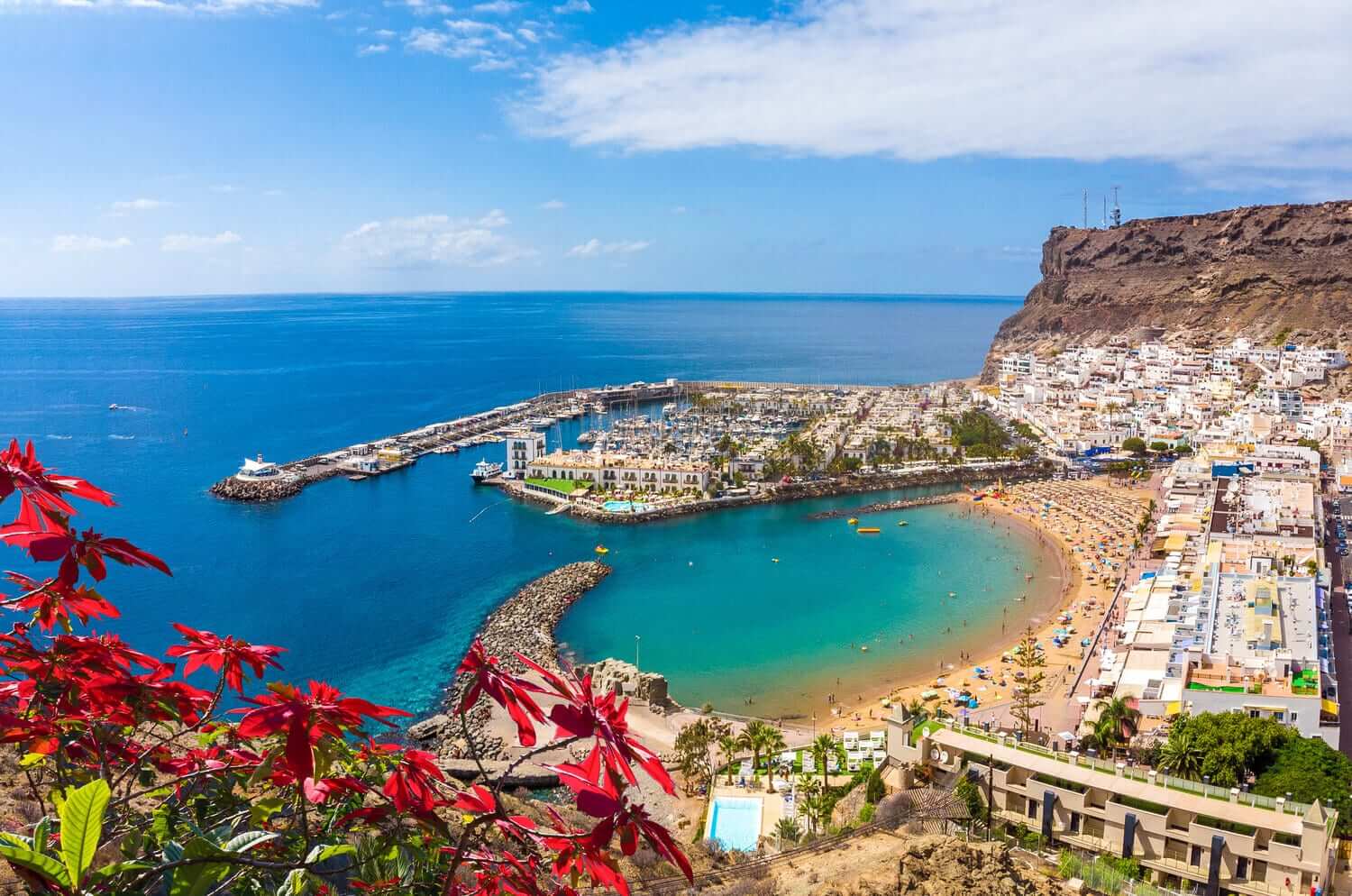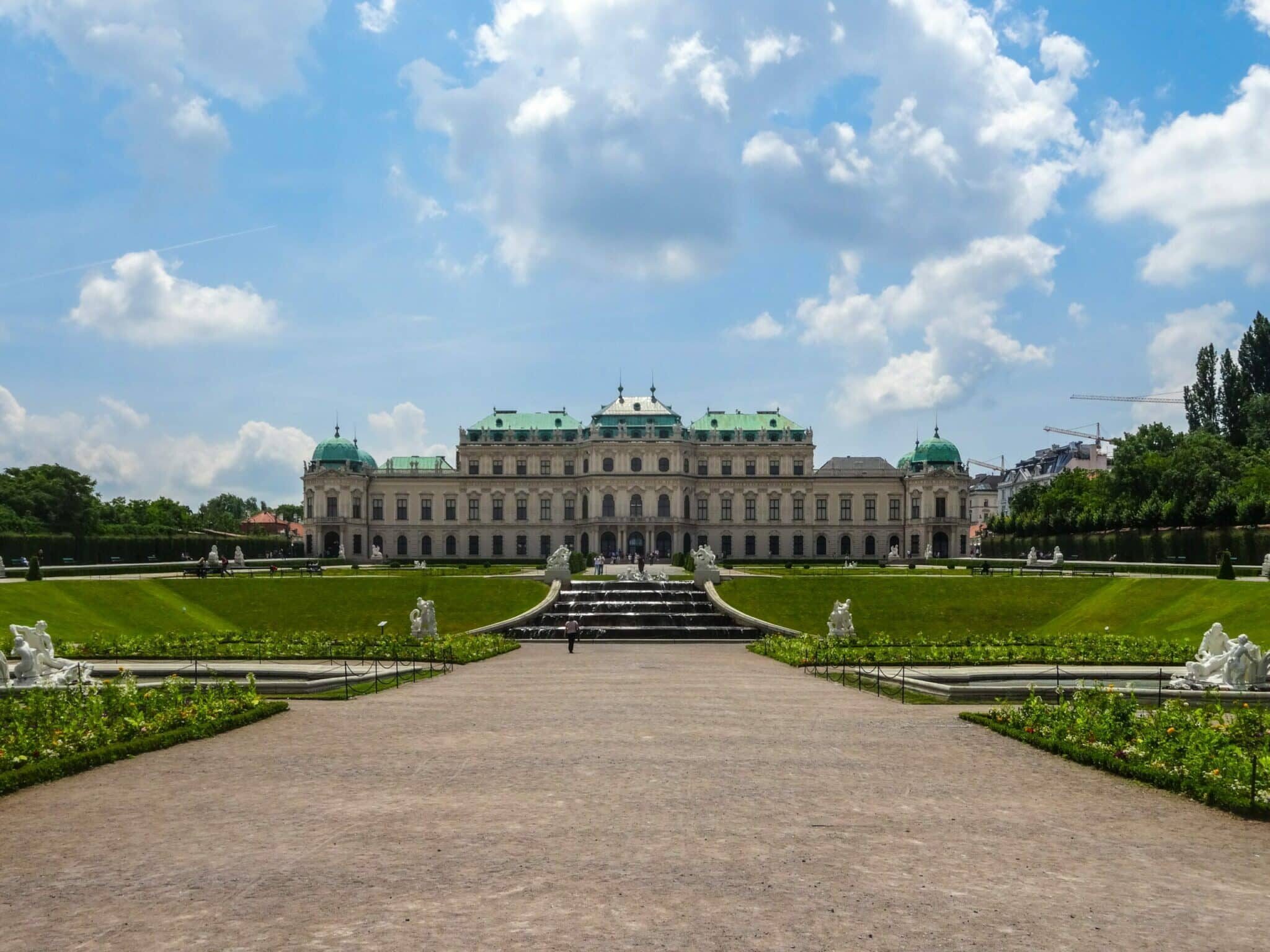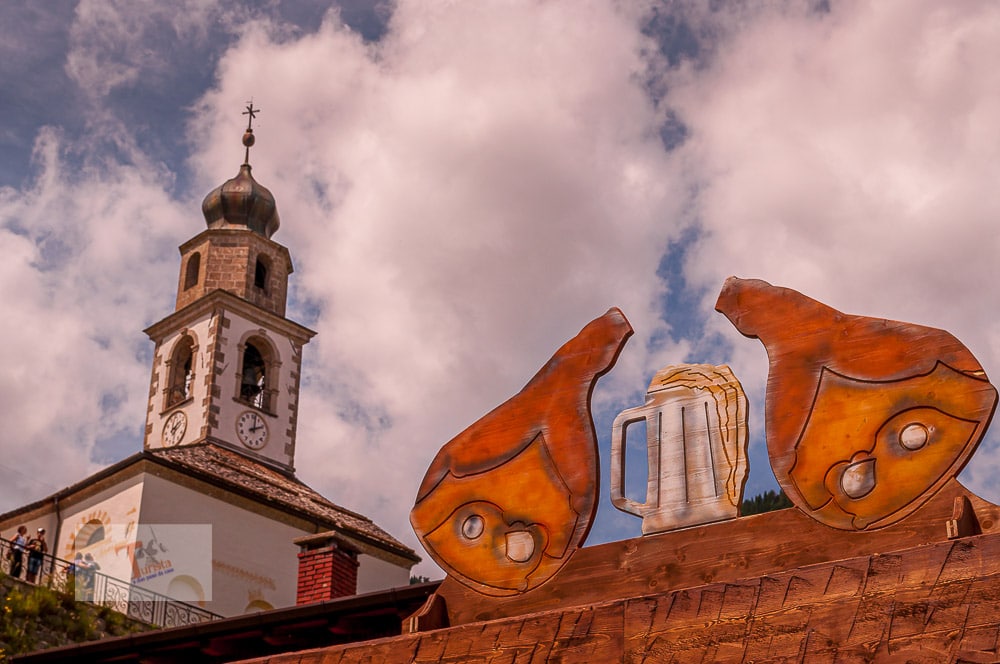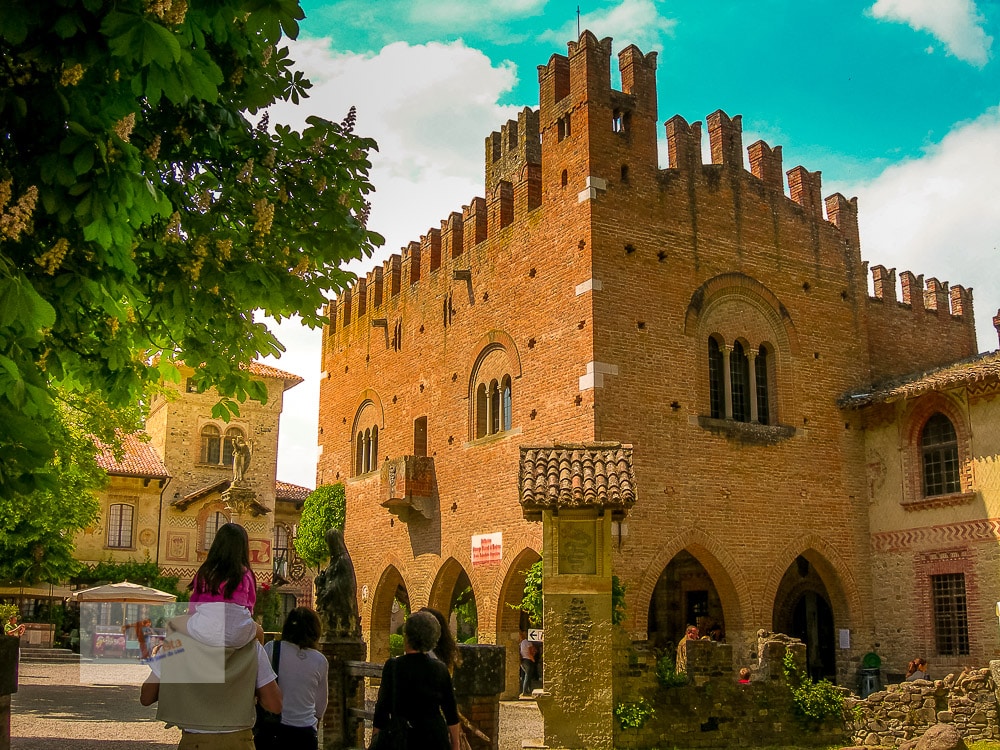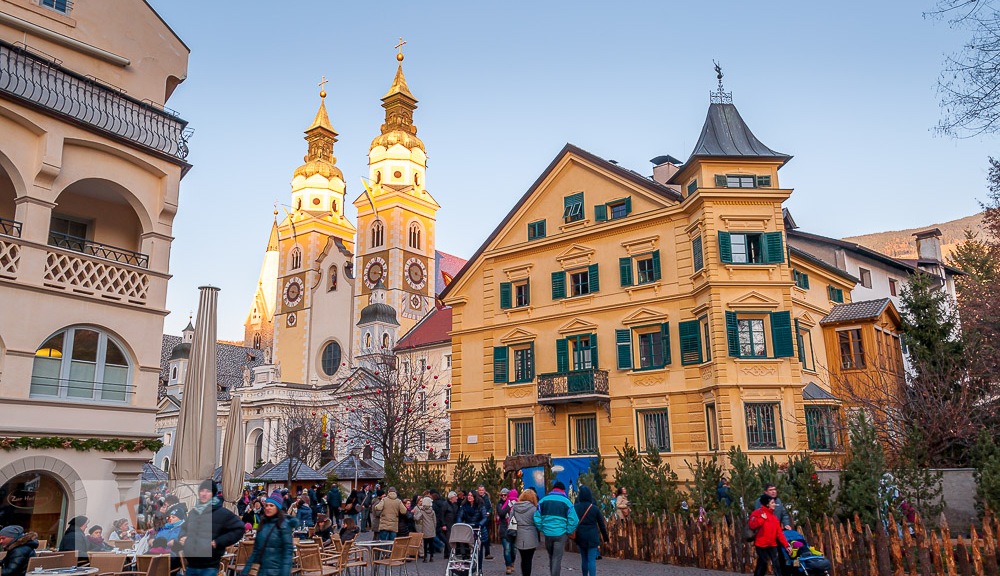Let’s go to the discovery of Otranto, the Apulian city known as the “Gateway to the East”
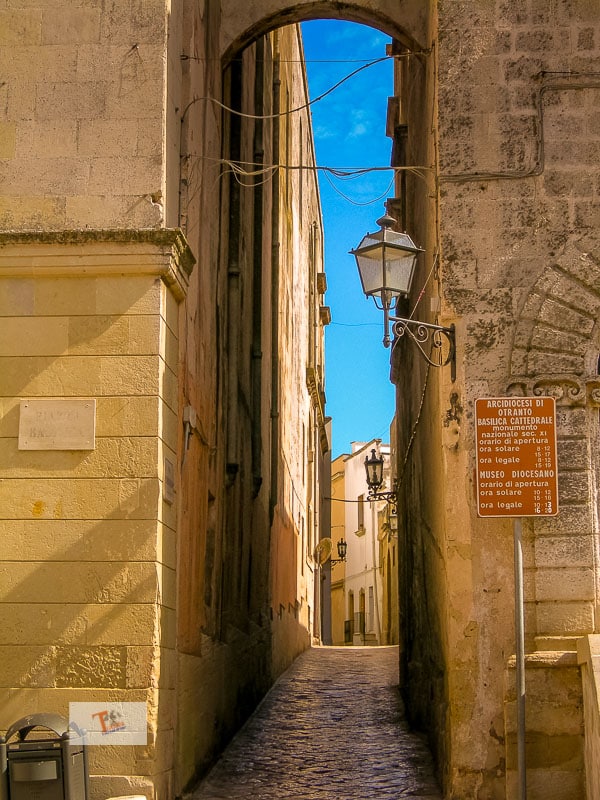
Salento is a language extending to the east and with Otranto, in the province of Lecce, above all, it has always been a natural bridge between East and West, a crossroads of peoples, a set of cultures. Sometimes these populations were viewed with fear, like the Saracens, who in 1480 put the city to fire and sword, other times as a source of culture and progress.
Today Otranto is a picturesque seaside town that thrives on tourism. Its port in summer is filled with boats, its beaches are stormed also thanks to the clear and inviting sea. Its historic center contains unique architectural treasures.
History
Otranto is the easternmost city in Italy and is also known as the “Gateway to the East”. The name could be of Greek origin, ‘Ydrous in classical Greek, Hydruntum in Latin, Ydrentòs in the Byzantine era, Derentò in the Greek meaning, while the Otrantini pronounce it Ótruntu. Life certainly began here in the Bronze Age, several findings from that period and continued in the Messapian era, when it was an important maritime port on the Adriatic. Even in the Roman period, Otranto was one of the most important seafaring cities in Puglia. The maximum splendor, however, came in the epoch of the second Byzantine domination.
The ancient village
The ancient village is the heart of the city. It is accessed from Porta Terra, along with a bastion of the Napoleonic era, and immediately opens the triangular-shaped square, built in the second half of the sixteenth century. Further on is Porta Alfonsina, built in 1481 and dedicated to Alfonso, Duke of Calabria, who freed the village from the Ottomans. Reached Corso Garibaldi we are in the commercial artery of Otranto. The Corso leads to Piazza del Popolo where the Clock Tower stands, a building built in 1799 and embellished with the city coat of arms. Reached Porta a Mare and along a long wooden staircase, you arrive at the port. Inside the ancient village of the Aragonese Castle, among the suggestive alleys, you can see large granite balls, catapulted by the Saracen bombards in 1480.
Aragonese castle
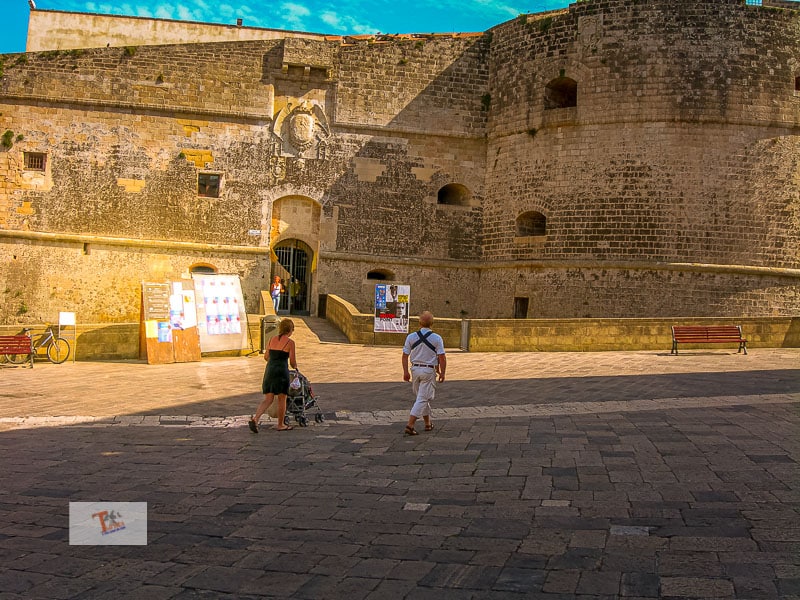
The fortress was built by the Aragonese on a pre-existing building dating back to the Frederick period. The castle of Otranto was built between 1485 and 1498. It has a pentagonal plan but it is irregular and is surrounded by a moat which in ancient times was equipped with a drawbridge. Today it is possible to visit three cylindrical towers and a spear bastion, nicknamed “Punta di Diamante”, built in 1578. The emblem of Charles V of Habsburg stands out on the entrance portal. Tampered by the Napoleonic militias in 1899, part of the moat was filled with earth to allow access to the ancient village.
Cathedral
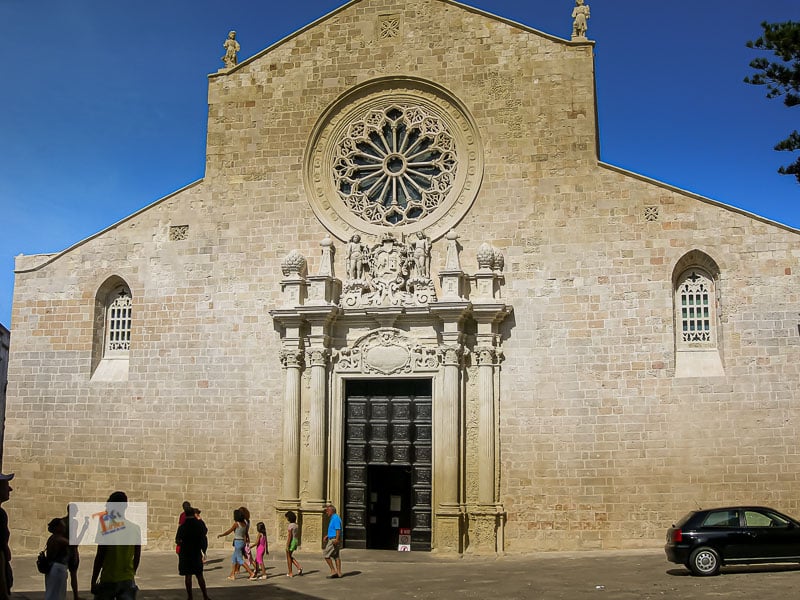
Another jewel of Otranto is the cathedral. Built on the highest point of the town, and on the remains of a Roman domus, a Messapian village, and an early Christian temple, its origin dates back to 1080. What we see today is the synthesis of different styles: early Christian, Byzantine, and Romanesque. On the facade stands the large Renaissance rose window on the entrance portal, surmounted by the coat of arms of Archbishop Adarzo of Santander. Inside, immediately after the door, on the right, you can see the sepulcher of Archbishop Serafino da Squillace. The cathedral has a Latin cross plan with three naves, a semicircular apse, and two side chapels. Note the splendid coffered ceiling in gold-colored wood on a black and white background. In the right aisle, you can admire a Byzantine Madonna and Child. Characterizing the cathedral of Otranto is the splendid floor mosaic from 1163. In the crypt, you can see some frescoes.
Basilica of Saint Peter
The church dates back to the 8th century and has a Greek cross plan. It was originally equipped with a side door and an altar dating back to the seventeenth century. Inside you can admire rich frescoes depicting biblical scenes. The “Last Supper” and the “Washing of the Feet” stand out on the barrel vault of the northwest nave. The aedicule of St. Peter has three apses.
Chapel of the Madonna dell’Altomare
The Chapel of the Holy Spirit, also known as “Madonna dell’Altomare”, stands on a hill sloping down to the sea. Small church rebuilt in 1744, little is known of its ancient history. In recent times the church has been restored.
Sanctuary of Santa Maria dei Martiri
Located in the place where the eight hundred Otranto martyrs were beheaded, the sanctuary stands in a peripheral area south of Otranto. The construction was the work of the Duke Alfonso of Calabria. The temple is accessed by a long staircase along which there is a small chapel where, originally, there was the stone on which the eight hundred people from Otranto were beheaded, now located in the Cathedral. The current sanctuary is in Baroque style and dates back to 1614. It was built in the place where the ancient church of the Martyrs stood. Today it is dedicated to S. Francesco da Paola, protector of Otranto together with the Blessed Martyrs. Inside the story of the martyrs is described in an epigraph.
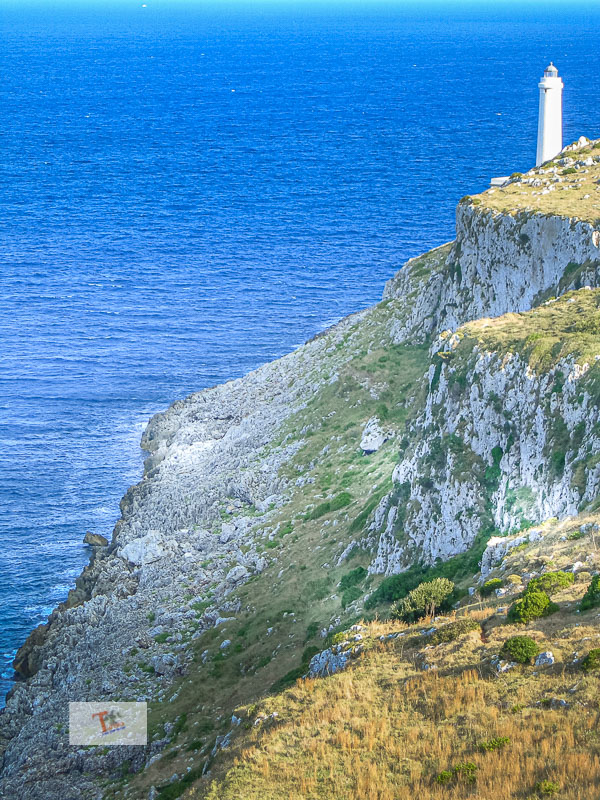
Hypogeum of Torre Pinta
Just outside Otranto, in the so-called “Valley of Memories”, at the top of a hill is the “Torre Pinta”, a circular tower overlooking the landscape. Represents the typical dovecote tower. Perhaps from the Messapian era, the one we can see was built on a settlement from an earlier period, perhaps Christian, given the regular Latin cross plan. The three short arms of the cross are oriented according to the cardinal points: West, East, and South, while the gallery, 33 meters long, is oriented towards the North. This site may have been used in the Messapian era as an oven used for cremation or for sacrifices. The hypogeum was discovered in 1976.
The site is privately owned and can be visited by asking the owners for permission.
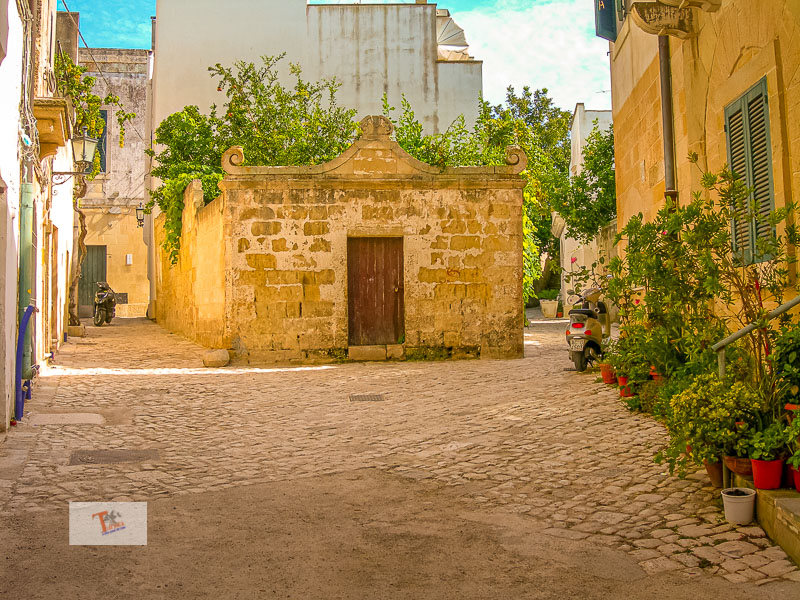
How to arrive in Otranto?
By car, following the A14 motorway to the Bari Nord exit, then continue along the highway to Brindisi and then the SS613 to Lecce. Before entering the city, take the East ring road (SS16) with the direction of Otranto, Santa Maria di Leuca, Maglie. By train, from the Lecce railway station continue on the line to Otranto with the South East Railways. The nearest airport is Brindisi.


